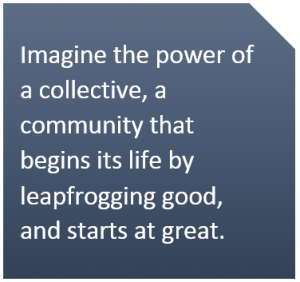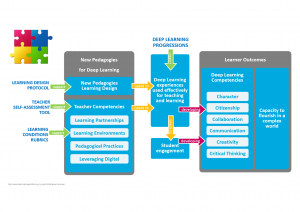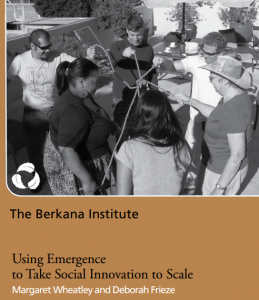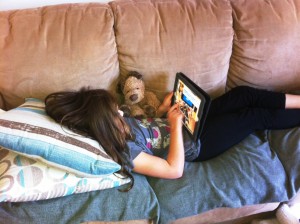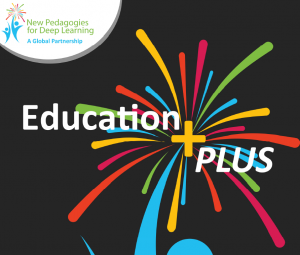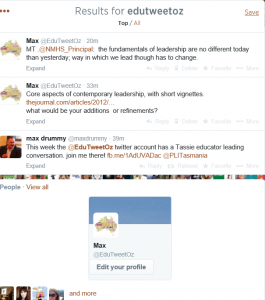As I work with leaders, teachers and learners across multiple networks and contexts it has become clear that #smallmomentsmatter.
The small moment when a leader asks “good morning, how are you….and follows up with “and how is your wife/husband/family/dog/goldfish….”…the small moment that sees a teacher ask the ungoogleable “how did that feel for you….” …..the small moments when feedback is more than “good job” or “well done…”.
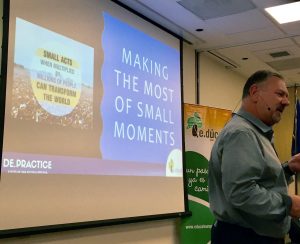 BIG DATA – massive amounts of information that takes tremendous processing power; inaccessible to you and me in our moment by moment lives….but what about small data? Those in-the-moment-observations and chances, in a volume and format that is accessible, informative and actionable. Big Data helps us in analyzing the past, but may have nothing to do with the future. Small Data is personal, actionable and about Presence.*
BIG DATA – massive amounts of information that takes tremendous processing power; inaccessible to you and me in our moment by moment lives….but what about small data? Those in-the-moment-observations and chances, in a volume and format that is accessible, informative and actionable. Big Data helps us in analyzing the past, but may have nothing to do with the future. Small Data is personal, actionable and about Presence.*
Small data; small moments go hand-in-hand with the “e” word: explicit.
Explicit intent.
Explicit focus.
Explicit sensitivity and connection to context.
For Leaders, small moments build relationships.
For teachers, small moments allow us to personalize learning design.
For students, when small moments matter, learning is connected to who they are, where they are, and makes learning authentic, purposeful, engaging and challenging.
Small moments are woven into the fabric of every day, every hour.
Pursue them, recognize them, embrace them…..big change starts with small moments.
* Presence: Human Purpose and the Field of the Future. Peter M. Senge, C. Otto Scharmer, Joseph Jaworski and Betty Sue Flowers. A great read!
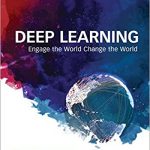 Also see our bestseller Deep Learning – engage the world change the world for vignettes and illustrations about how #smallmomentsmatter https://us.corwin.com/en-us/nam/deep-learning/book255374
Also see our bestseller Deep Learning – engage the world change the world for vignettes and illustrations about how #smallmomentsmatter https://us.corwin.com/en-us/nam/deep-learning/book255374
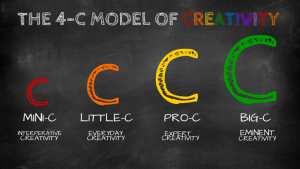 The life of a creative writer might progress through these stages as follows:
The life of a creative writer might progress through these stages as follows: